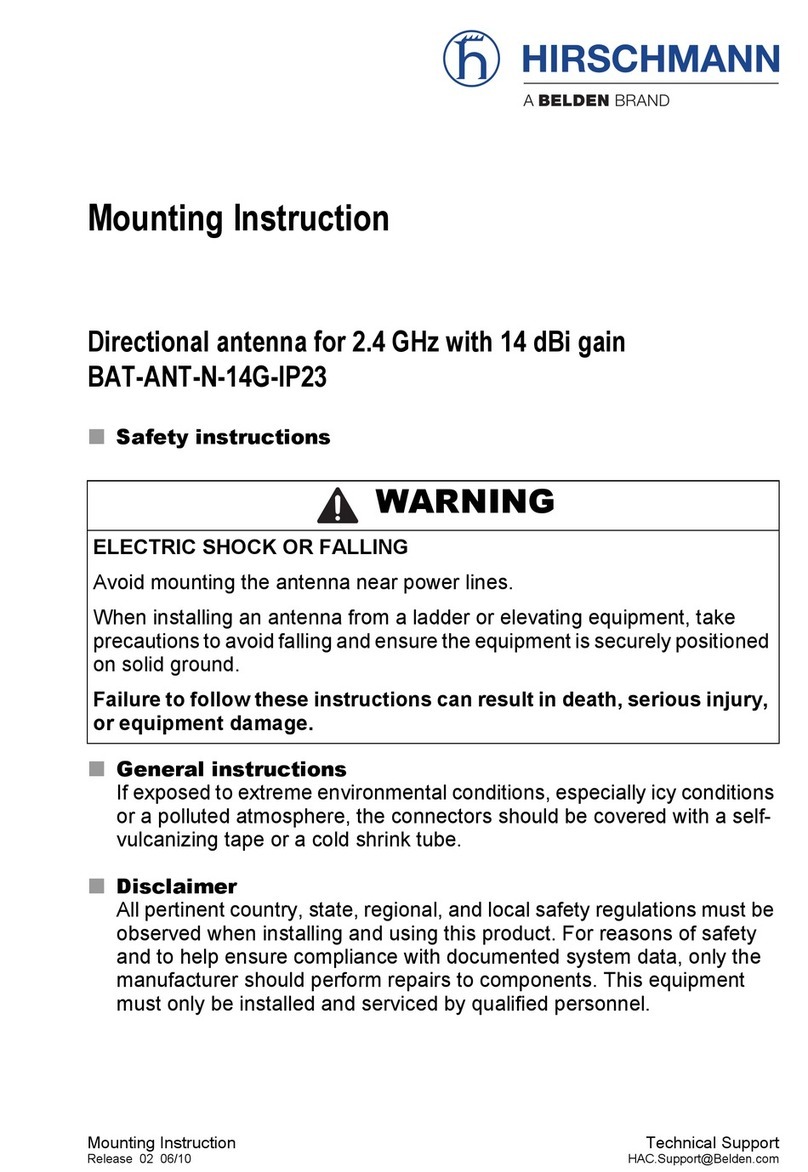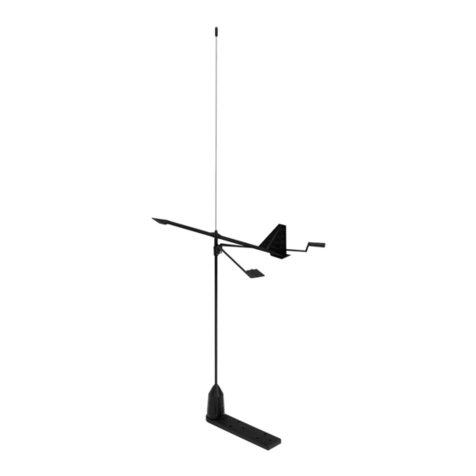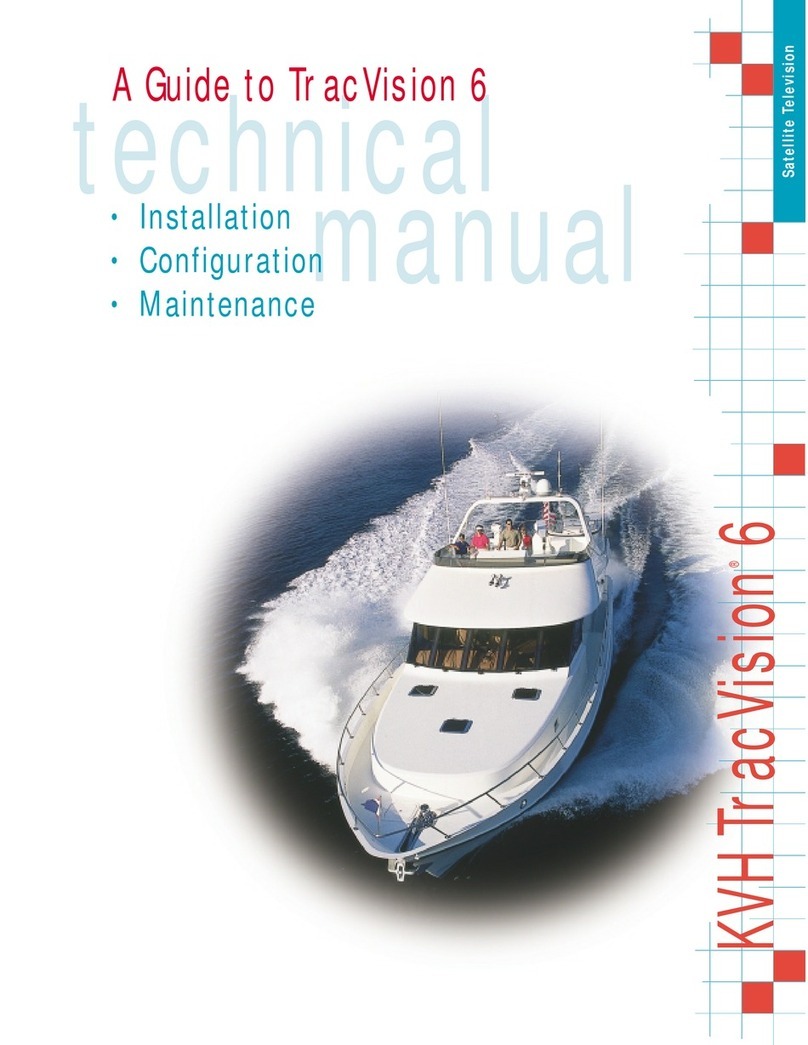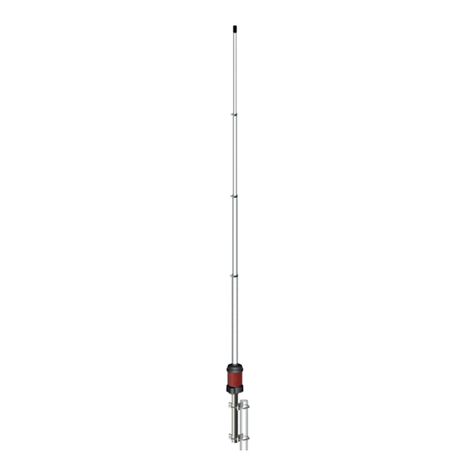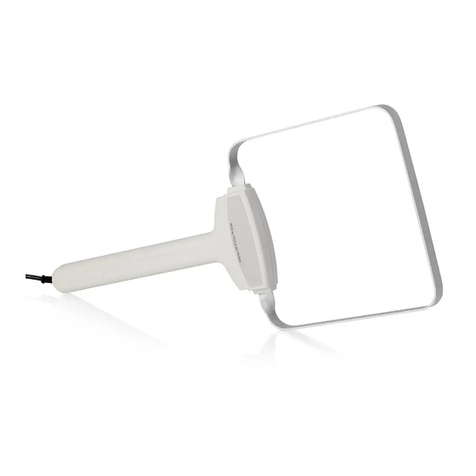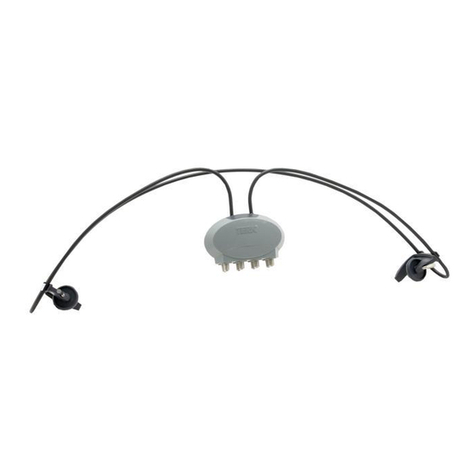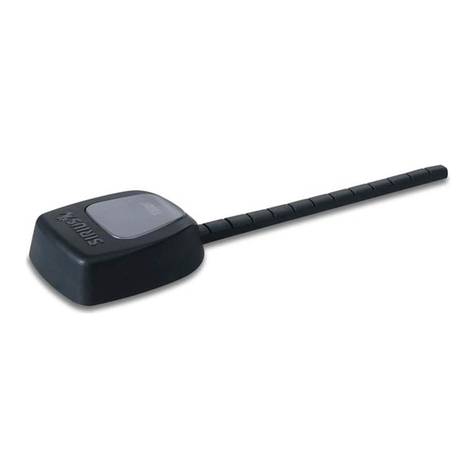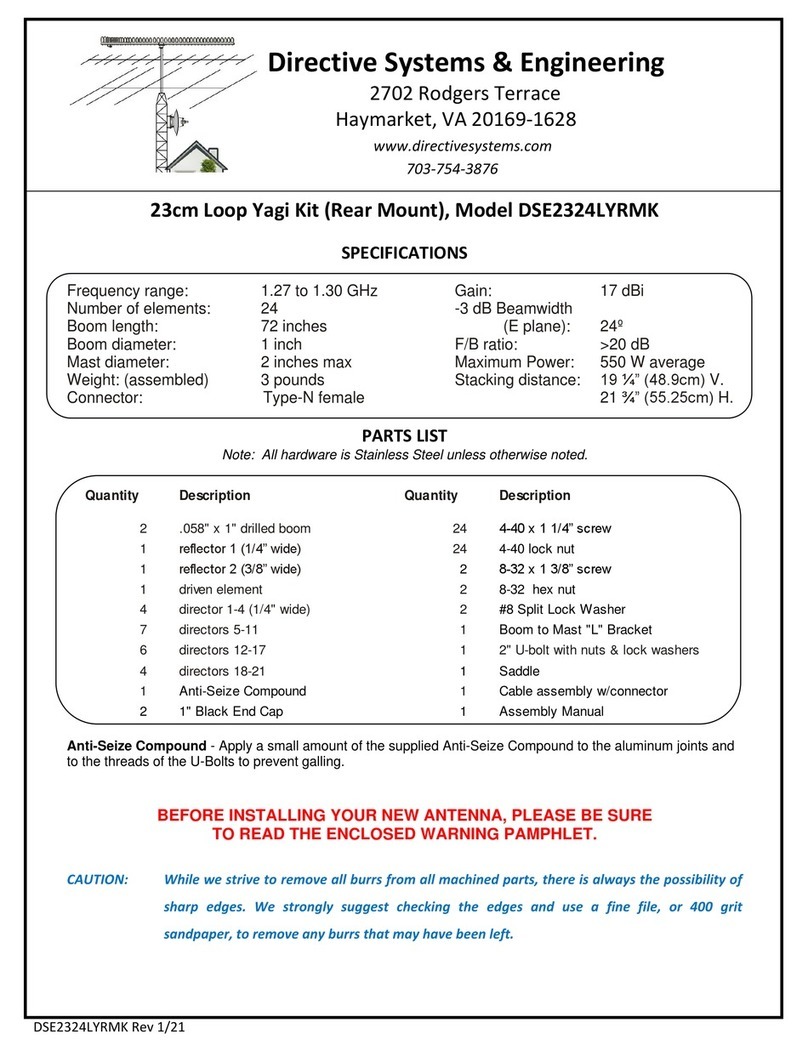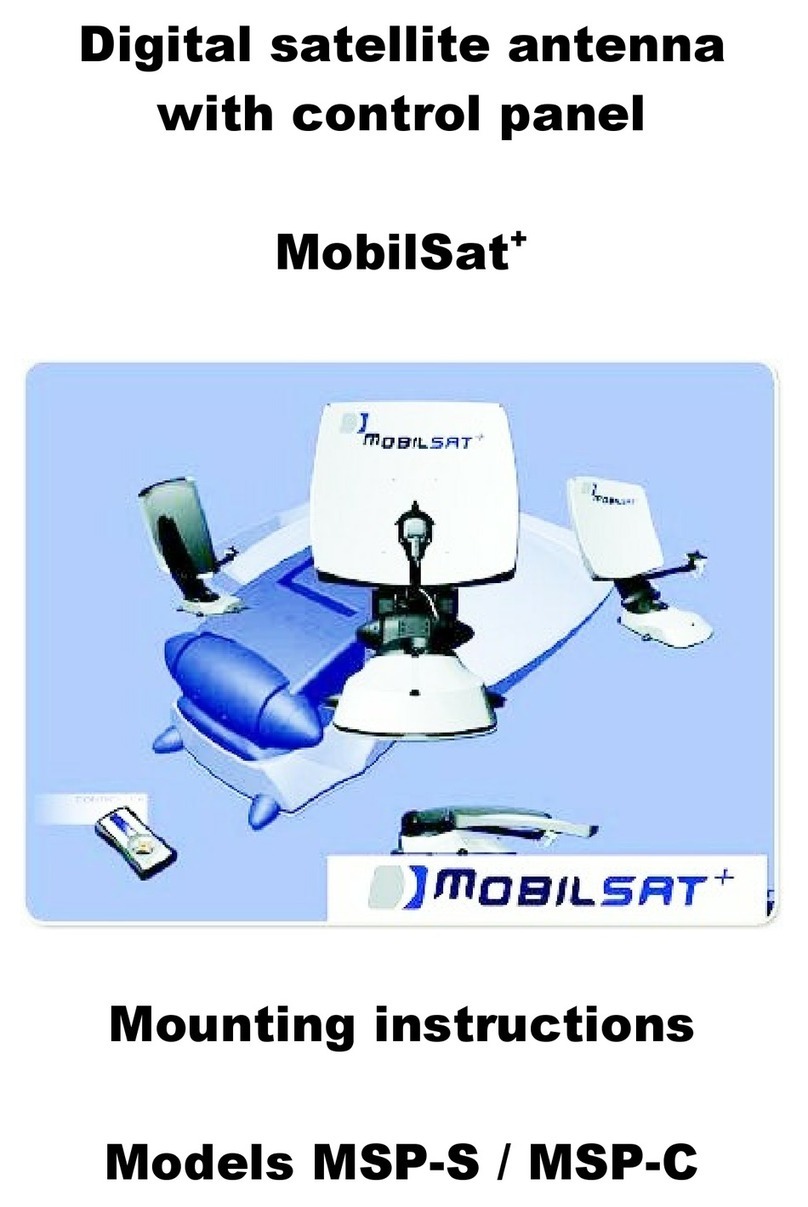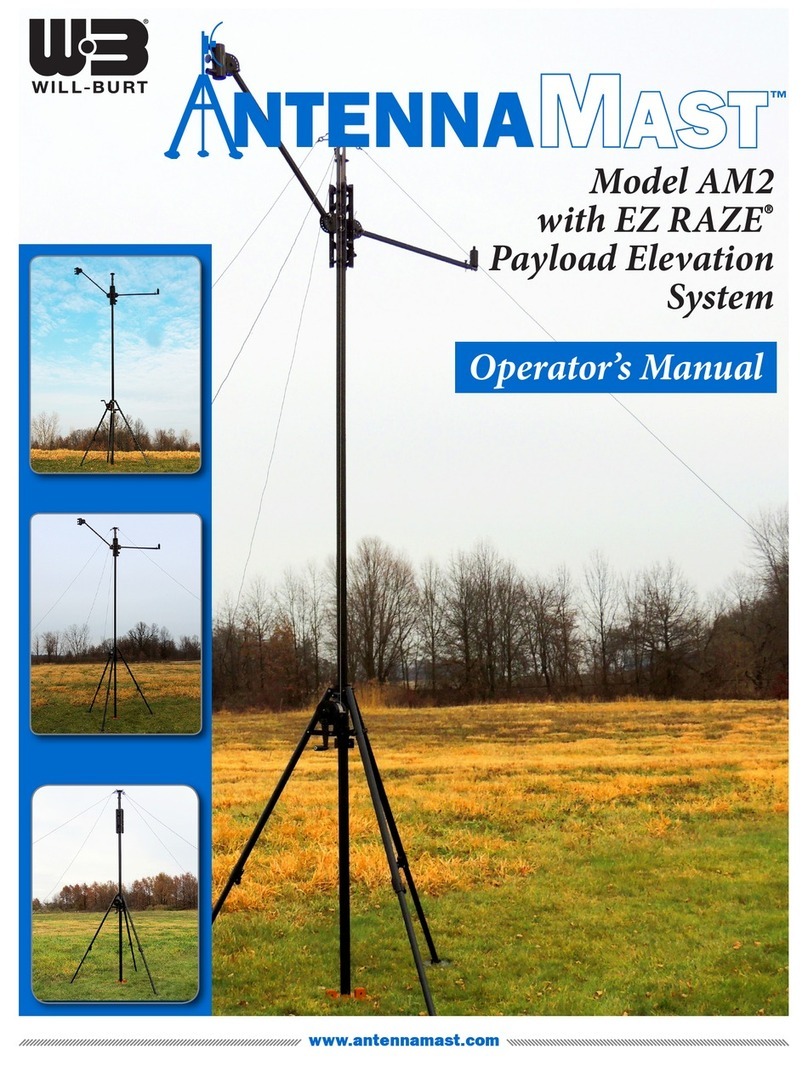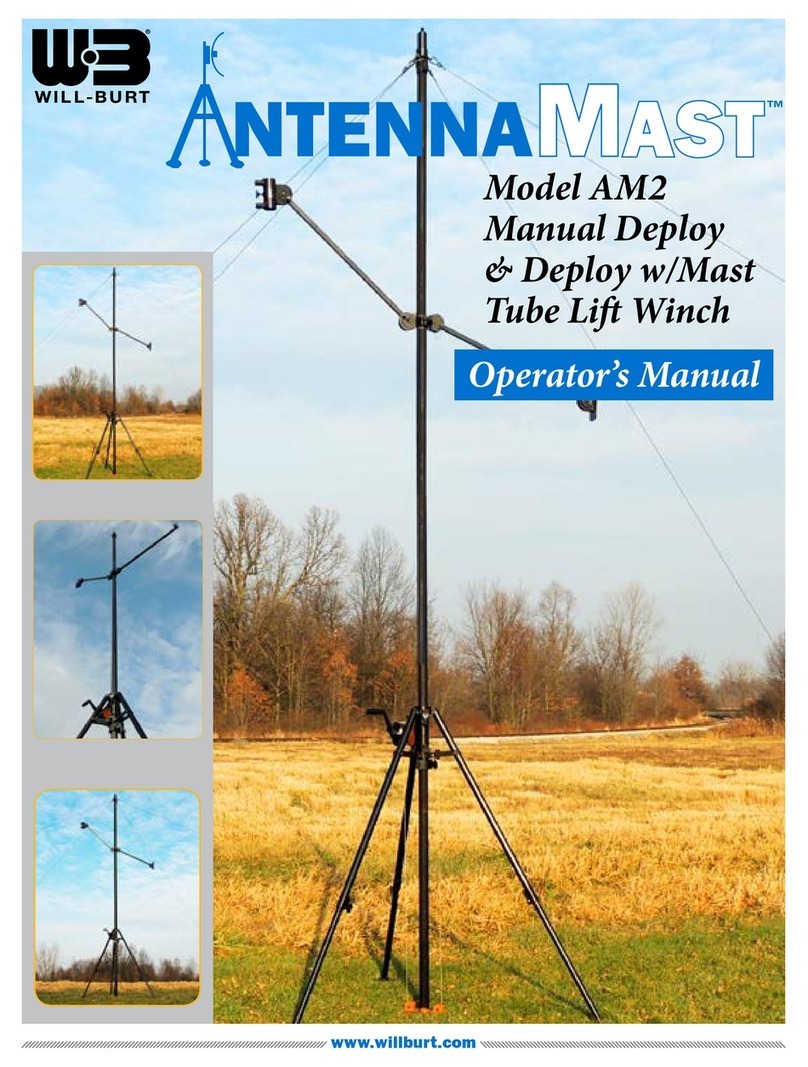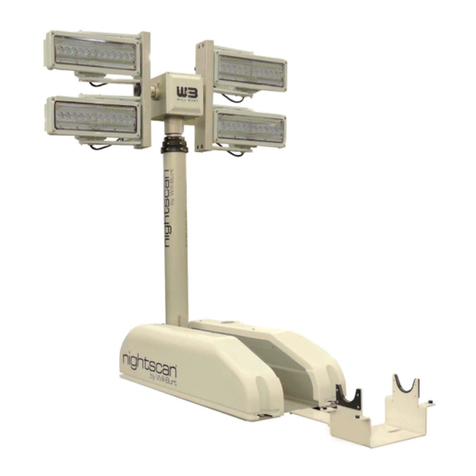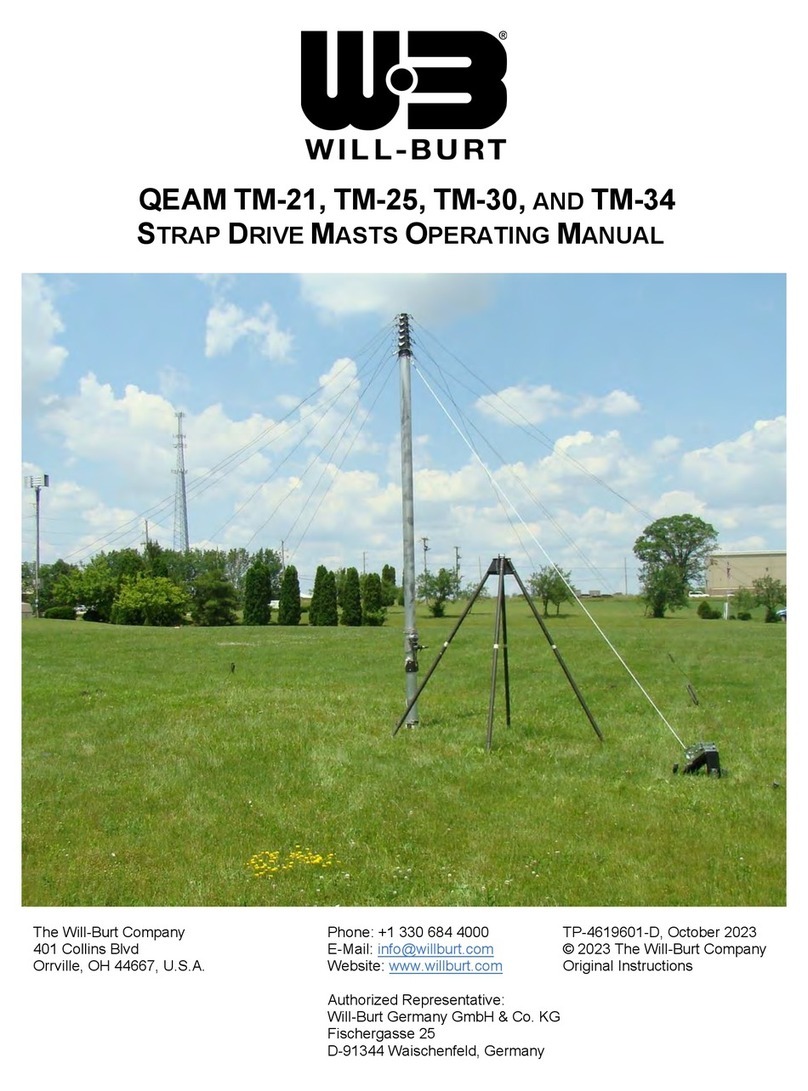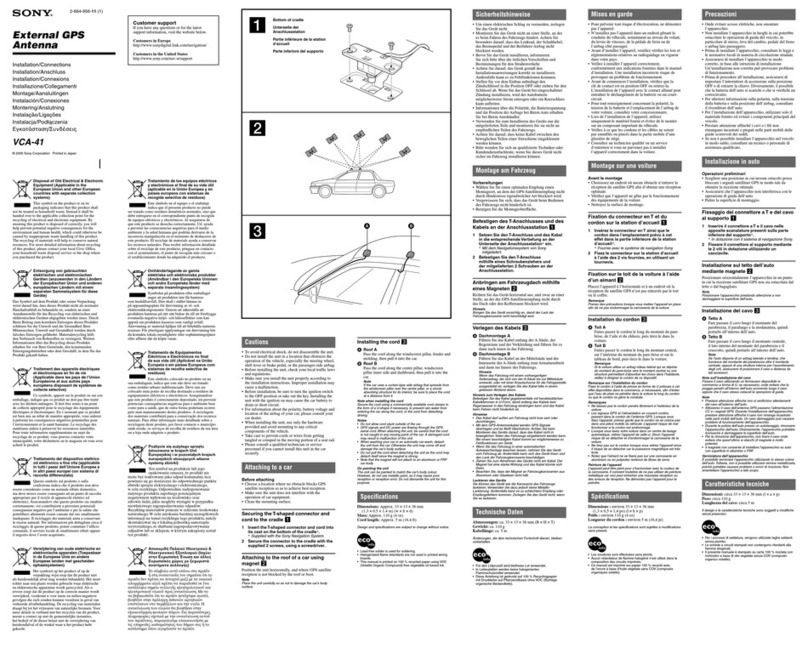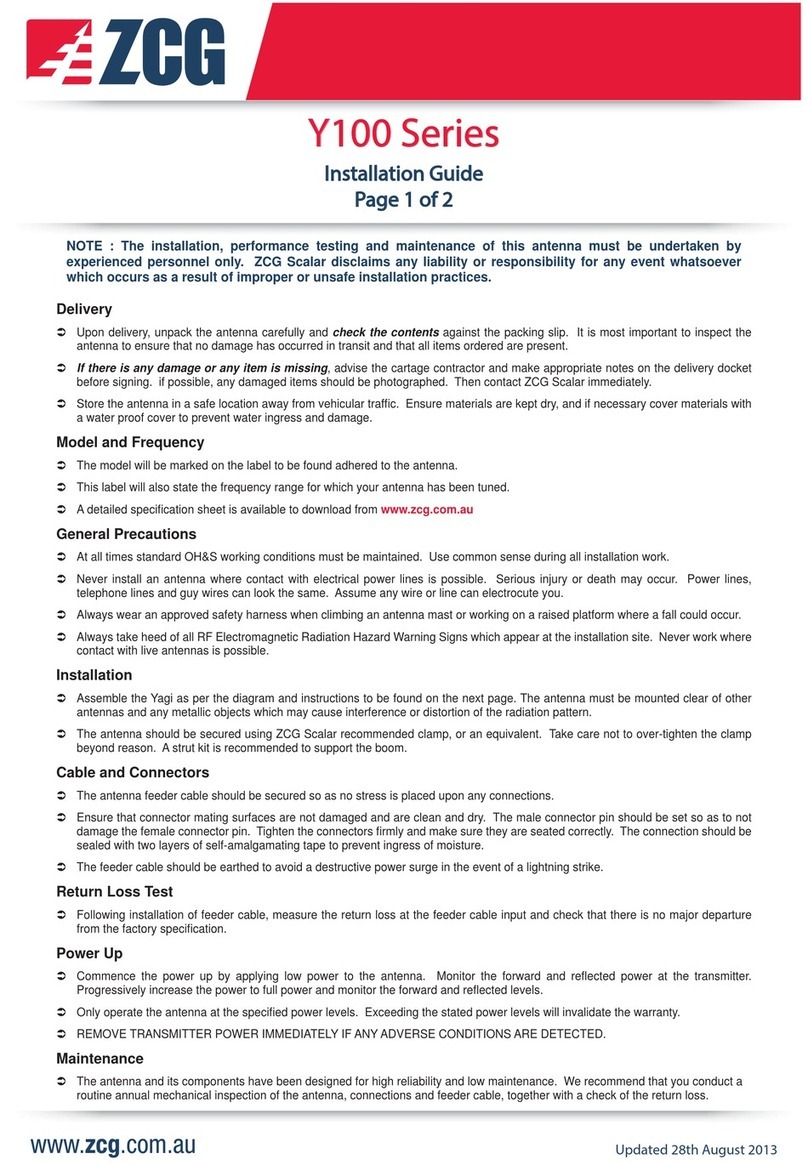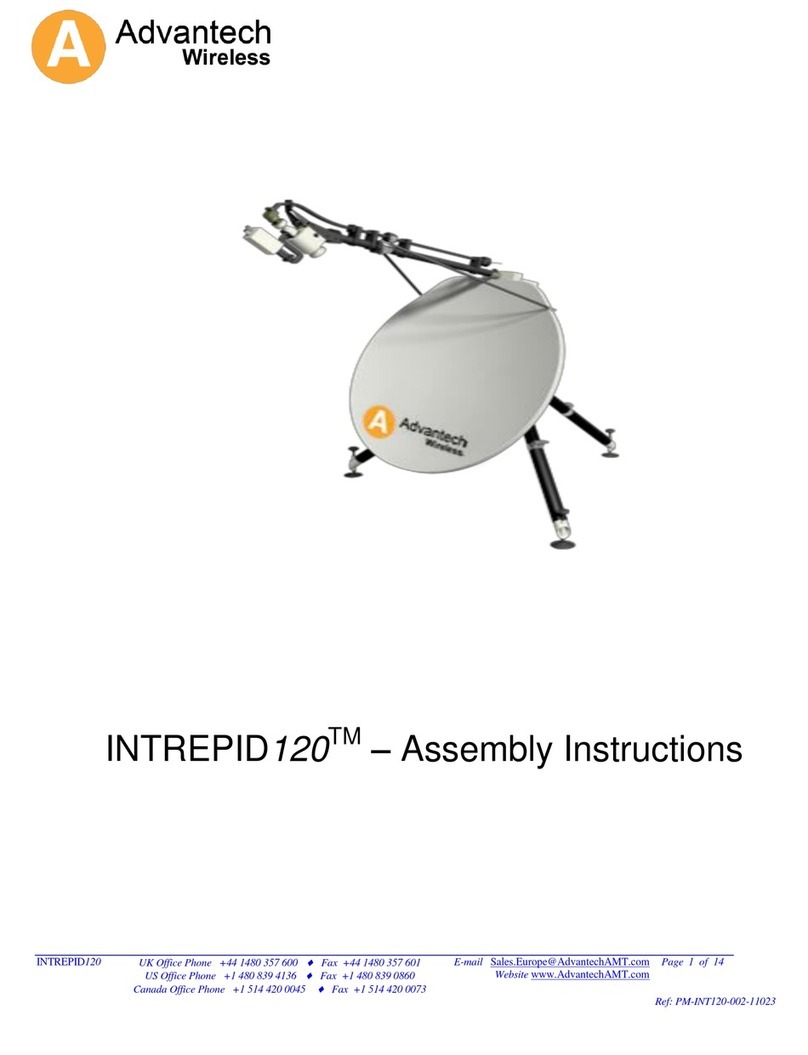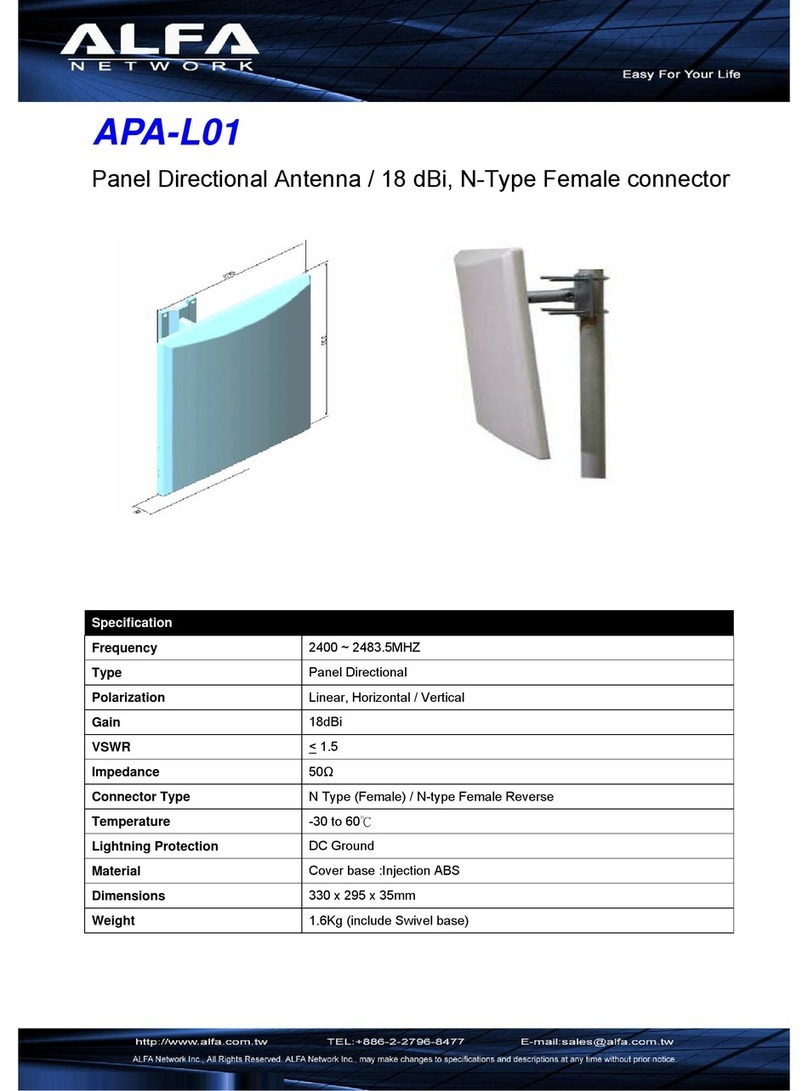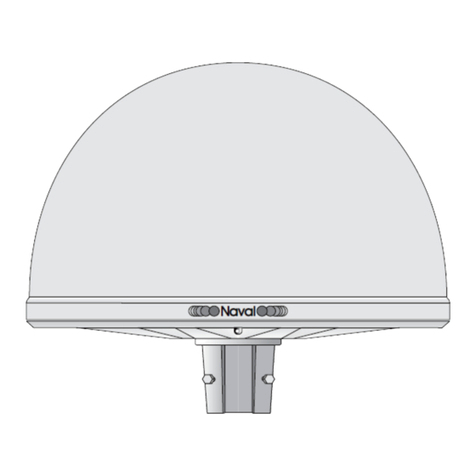ANTENNAMAST™MODEL AM2 OPERATOR’S MANUAL
iv TP-5000801-A
April 2023
Figure 4-2 Loosen Each Leg Clamp ..........................................................................................................4-3
Figure 4-3 Extend Tripod Legs...................................................................................................................4-3
Figure 4-4 Pull Pins Outward.....................................................................................................................4-3
Figure 4-5 Push Down on Central Collar ...................................................................................................4-3
Figure 4-6 Fully Deployed Tripod...............................................................................................................4-3
Figure 4-7 Stake the Tripod Legs ..............................................................................................................4-4
Figure 4-8 Different Tubes.........................................................................................................................4-5
Figure 4-9 Insert the Top Tube ..................................................................................................................4-5
Figure 4-10 One Hand Width from Bottom ................................................................................................4-5
Figure 4-11 Loosen the Pin of the 4-Way Guy Collar................................................................................4-5
Figure 4-12 Align Guy Stakes with the Four Holes on the Guy Collar.......................................................4-6
Figure 4-13 Mast is Ready for Deployment ...............................................................................................4-6
Figure 4-14 Manually Load Tubes .............................................................................................................4-6
Figure 4-15 Tighten Clamps.......................................................................................................................4-6
Figure 4-16 Lower Mast Tubes to Ground.................................................................................................4-7
Figure 4-17 Stake the Base Plate..............................................................................................................4-7
Figure 4-18 Use Hammer to Drive in Stake...............................................................................................4-7
Figure 4-19 Different Tubes.......................................................................................................................4-8
Figure 4-20 Insert the Top Tube ................................................................................................................4-8
Figure 4-21 One Hand Width from Bottom ................................................................................................4-8
Figure 4-22 Loosen the Pin of the 4-Way Guy Collar................................................................................4-8
Figure 4-23 Align Guy Stakes with the Four Holes on the Guy Collar.......................................................4-9
Figure 4-24 Insert Orange Barrel of the Orange Winch into the Tripod Receiver .....................................4-9
Figure 4-25 Tighten the Black Knob ........................................................................................................4-10
Figure 4-26 Reel Out Enough Cable........................................................................................................4-10
Figure 4-27 Feed Cable Through Base Plate..........................................................................................4-10
Figure 4-28 Put Ball End of Cable Through the Bottom Hole..................................................................4-10
Figure 4-29 Thread the Cable End Back Through the Top Hole.............................................................4-10
Figure 4-30 Pull the Slack Out From the Bottom of the Key....................................................................4-10
Figure 4-31 Place the Key Between the Leg Braces Opposite of the Orange Winch .............................4-11
Figure 4-32 After Ensuring Lift Winch is Properly Set Up, Set Next Tube Onto the Raised Plug of the
Lifting Plate...............................................................................................................................................4-11
Figure 4-33 Ensure Locking Tabs Fully Engage......................................................................................4-11
Figure 4-34 One Hand Width Below the Clamp.......................................................................................4-11
Figure 4-35 Lower Lifting Plate to the Ground.........................................................................................4-11
Figure 4-36 Lower Mast Tubes to the Ground.........................................................................................4-12
Figure 4-37 Stake the Base Plate............................................................................................................4-12
Figure 4-38 Use Hammer to Drive in Stake.............................................................................................4-12
Figure 4-39 Different Tubes.....................................................................................................................4-13
Figure 4-40 Insert the EZ RAZE Top Tube..............................................................................................4-13
Figure 4-41 One Hand Width from Bottom ..............................................................................................4-13
Figure 4-42 Engage the Kick Stand Lever...............................................................................................4-13
Figure 4-43 Slide EZ RAZE Top Tube Down the Carriage......................................................................4-14
Figure 4-44 Attach Guy Lines to Top Guy Collar.....................................................................................4-14
Figure 4-45 Align Guy Stakes with the Four Holes on the Guy Collar.....................................................4-14

